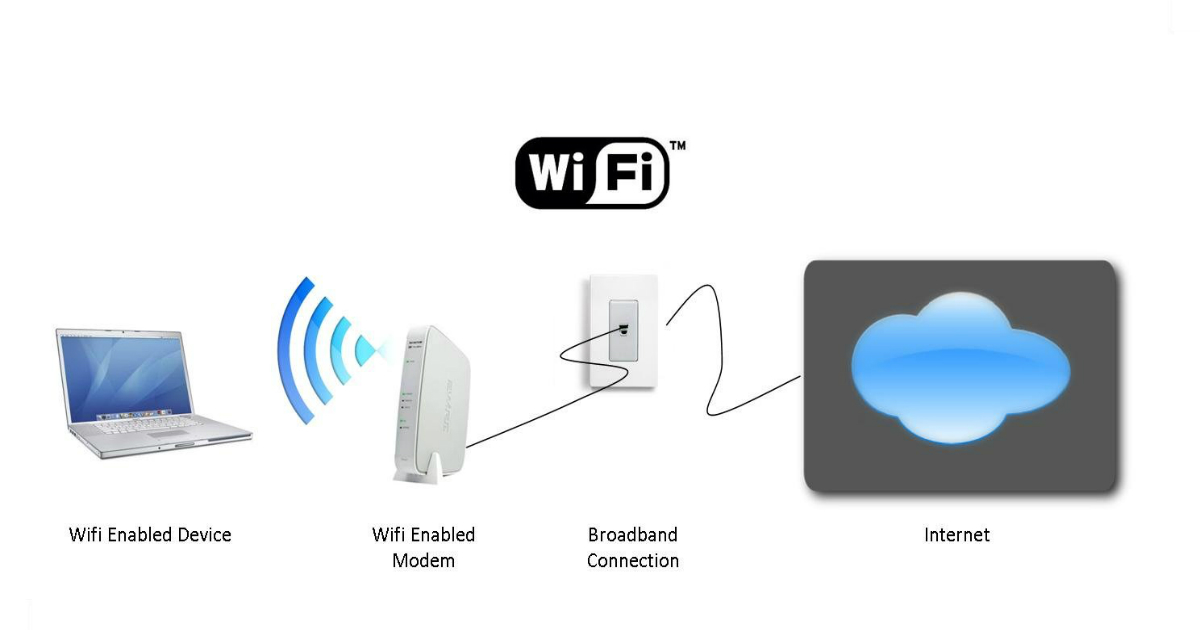Wi-Fi, formally known as Wireless Fidelity, was first released for consumers in the year 1997 when a community called 802.11 was created. While the first setup was not successful, the creation of IEEE802.11, ensured a wider success of Wi-Fi as a system. IEEE802.11 stands for Wireless Local Area Networks, WLANs, a set of standards which define communication.
Not surprisingly, there have been several people who claimed they invented this all–connecting magical device. However, like most things, credit can only go to one person and in the case of WiFi, Vic Hayes has been known as the Father of Wireless Connection. Known for chairing the 802.11 committee, Hayes was the one who established the standards which would make WiFi the technology it is today!
WLANs created a set of rules and established guidelines for how Wi-Fi worked, allowing 2 megabytes of data per second to be seamlessly transferred through a wireless connection between devices. Through the coming months, this network improved day by day and this led to the invention of routers. In the year 1999, the routers enabled the introduction of WiFi services for home use!
One of the primary ways WiFi uses technology to transmit data is through electromagnetic waves, which ran through two main frequencies (2.4 GHz: 802.11 b and 5 GHz: 802.11 a) at that time. For several years after being introduced on the home front, 2.4 GHz was the most popular choice, with the production being the most popular choice as it was used by several mainstream devices!
In the year 2009, the final version of 802.11n was introduced, increasing the efficiency of the wireless technology. With the final version of the 802.11 being cemented, the 2.4 GHz version quickly became the most sought after router. From then on, the router saw several improvements, with each version being better than the previous one. The updated 2.4 GHz router is now the preferred one, often connected with the different devices used on the home front. Now, in the present day, no one looks at what wireless technology was and how it came to be. One looks at the way WiFi makes our life easier, but not at what went into the industry. What is your favourite WiFi story? Comment and let us know!

